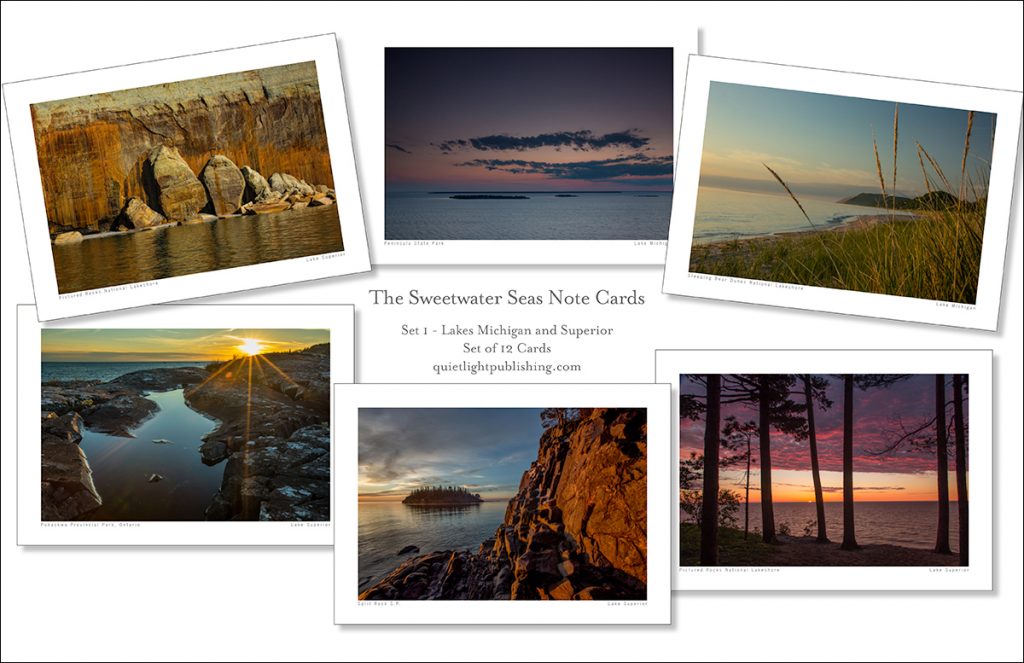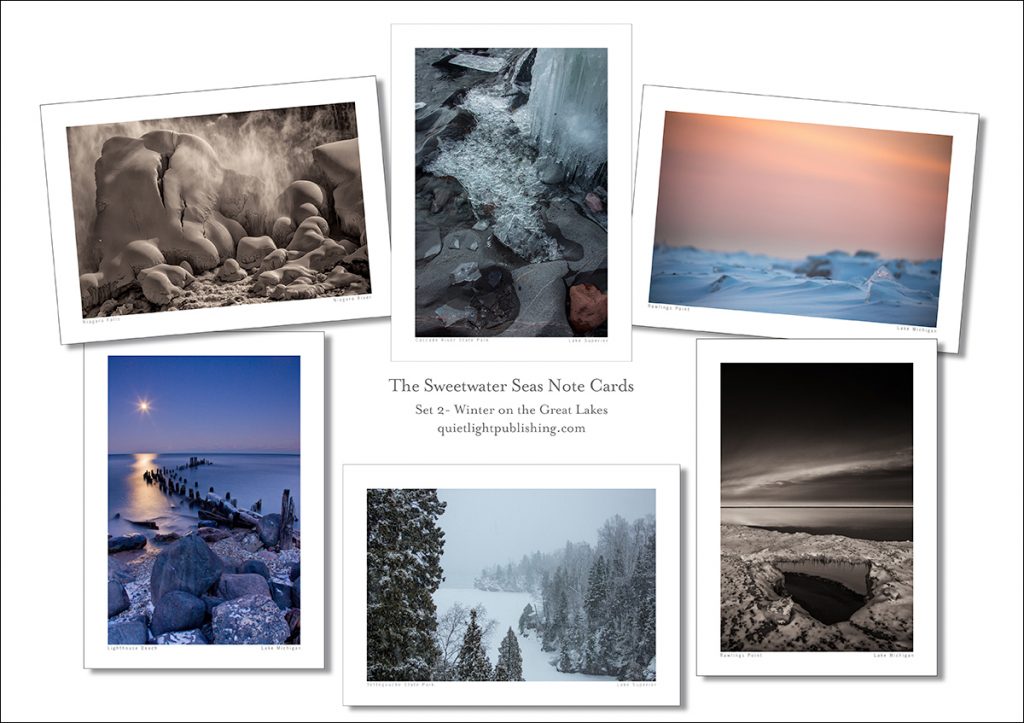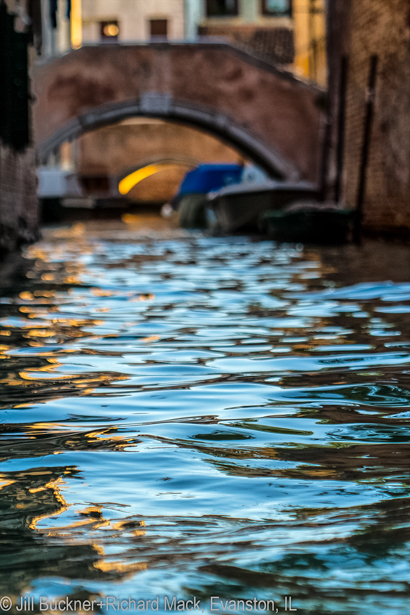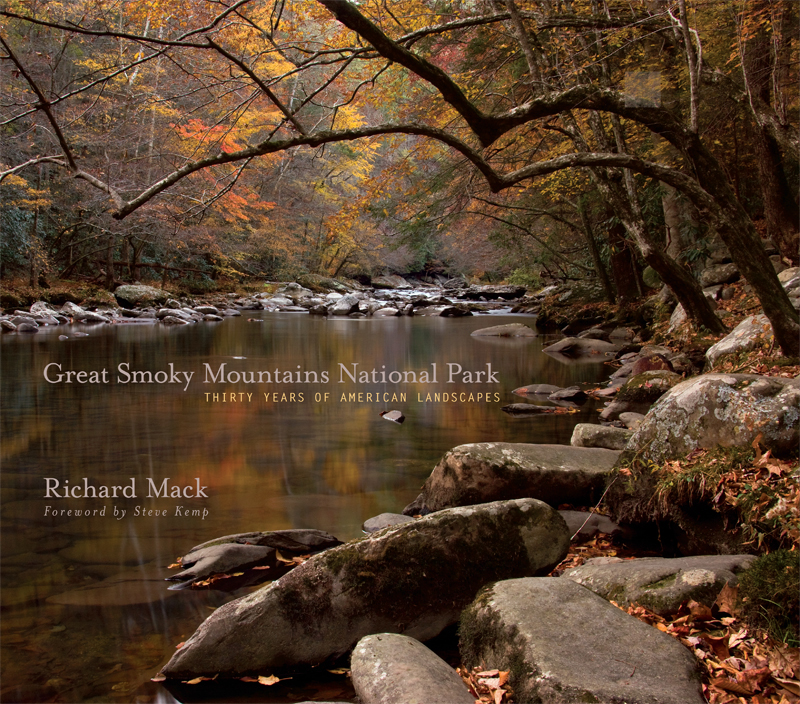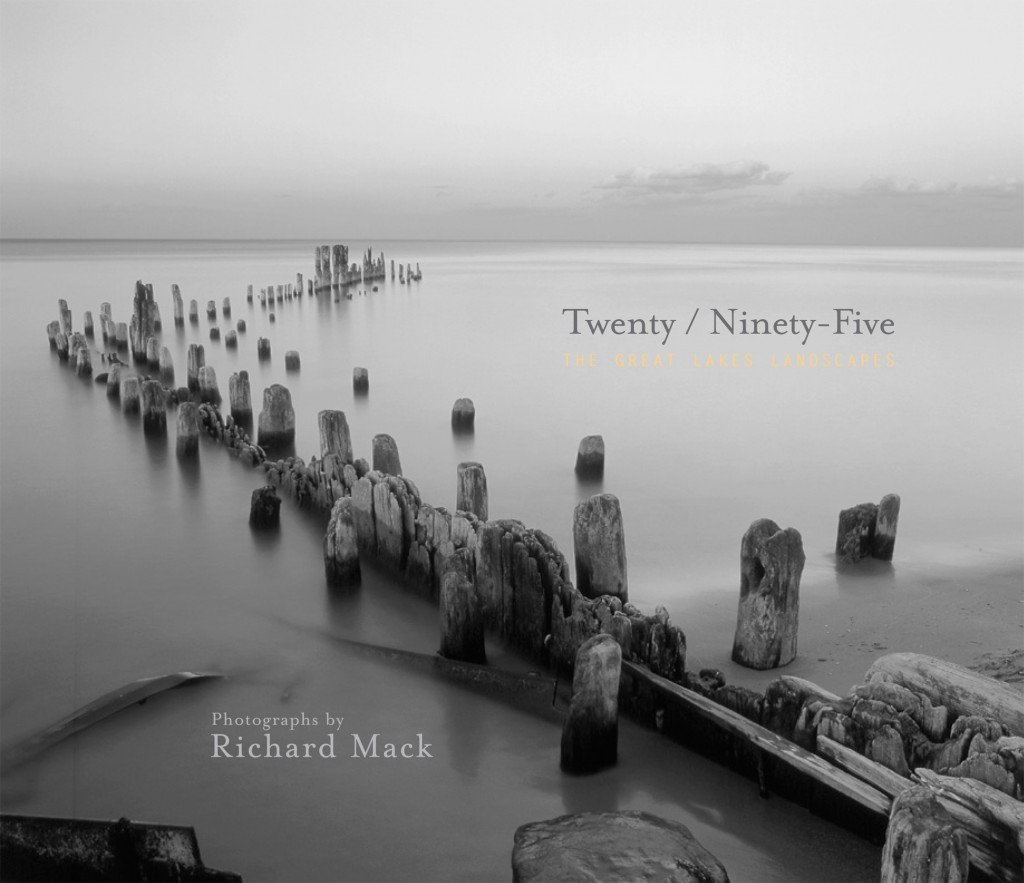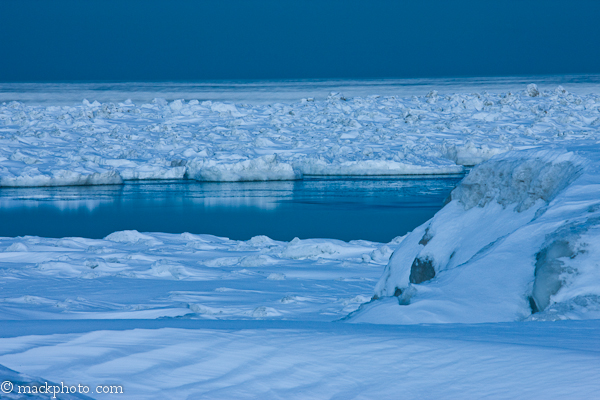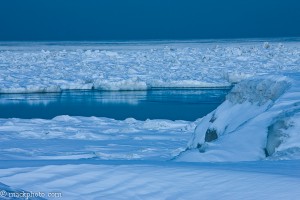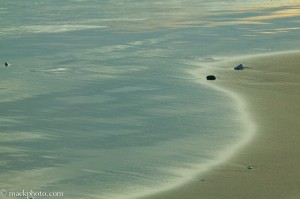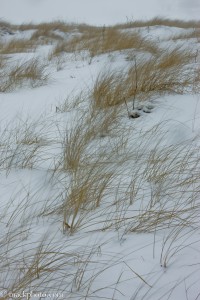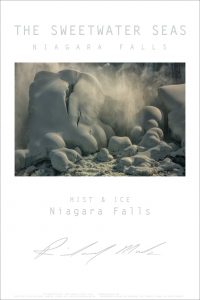
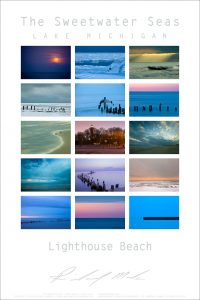 We have partnered with The Sweetwater Seas documentary team to offer these Fine Art Posters from their film on all five of the Great Lakes. We currently have 24 Fine Art Posters for sale on the Quiet Light Publishing storefront. They are available in two sizes – 24″x36″ and 20″x24″. Each is printed on Fine Art Archival paper to our exacting standards. You can see and purchase any of them using this link: The Sweetwater Seas Fine Art Posters.
We have partnered with The Sweetwater Seas documentary team to offer these Fine Art Posters from their film on all five of the Great Lakes. We currently have 24 Fine Art Posters for sale on the Quiet Light Publishing storefront. They are available in two sizes – 24″x36″ and 20″x24″. Each is printed on Fine Art Archival paper to our exacting standards. You can see and purchase any of them using this link: The Sweetwater Seas Fine Art Posters.
New The Sweetwater Seas Note Cards!
Quiet Light Publishing is proud to announce the release of two new sets of fine art note cards from Richard Mack as part of his The Sweetwater Seas project. The Sweetwater Seas is a documentary film about the Great Lakes and will also be a companion book published by Quiet Light Publishing.
These fine art note cards come from his extensive collection of images he has done so far on the project. The first set includes 6 images (2 cards each) from Lake Michigan and Lake Superior. The second set includes winter images from the Lake Michigan and Superior as well as Niagara Falls.
These make great gift ideas for the holidays. While more often than not we tend to text or email there are times you want to actually write a note to someone and these beautiful note cards provide you an excellent way to do just that.
You can purchase them in the Quiet Light Publishing shop by following this link:
http://shop.quietlightpublishing.com/
Enjoy!
Quiet Light Publishing
Lake Superior Winter Trip
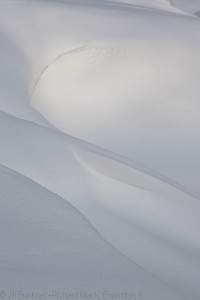
As part of the Great Lakes Project which includes our next book Twenty | Ninety-Five: The Great Lakes Landscapes I headed north to photograph Lake Superior in the winter. I was joined on this trip by fellow photographer Jill Buckner.
When you take a trip like this as part of a bigger project you hope you can return with a few usable images. This means you work long hours and concentrate on the idea behind the project to create images and record the landscape with your own vision. Telling the story of the lakes will be a daunting task. Yet the coexistence of man and nature is always a challenge. With 20% of the world’s fresh water and 95% of North America’s right there in the lakes it is imperative we rethink the partnership between man and the lakes. I will try to bring together the art and science of the issues surrounding our lakes via a book, gallery shows and hopefully a partnership with organizations working on the issues of the lakes.
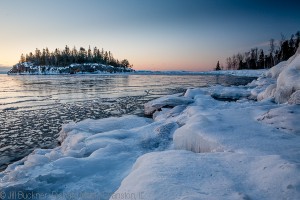
We headed to Pictured Rocks National Lakeshore along the Upper Peninsula of Michigan to begin the trip. We used snow shoes to get to the ice waterfalls and caves, walked on the frozen surface of the lake and spent time with detail images of the snow, ice, the light playing on the trees in the forest and their shadows across the forest floor. There are so many places to turn for great images it was hard to decide where to go next. Often it was based on ease of getting to a location by either snow shoe or cross country skis. The lake here was totally frozen over as far as you could see. The patterns in the ice and snow captured our imaginations.
We drove from Pictured Rocks toward Duluth so we could head north to Canada. Along the way we stopped in Marquette. What caught our attention was the fact that Superior was frozen ice as far as you could see until we were near the power plant in Marquette. There we found the water open in an area near the plant clearly showing how man affects the lakes. This is part of our book, talking about how man has lived along the Great Lakes for tens of thousands of years, using them for transportation, hunting, recreation and fresh water to drink and irrigate with. Yet only in the last hundred years have we had so much effect on the quality of the water. We must take that into consideration when we use the lakes. After all, the time it takes to have a drop of water recycled by being swept out into the Atlantic ranges from 4-5 years in Lake Erie to 191 years for Lake Superior.
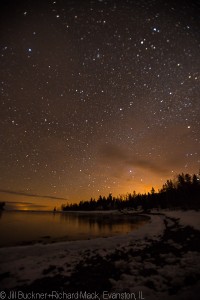
The coast of Minnesota offered rugged terrain and beautiful places to capture the winter along the lake and its ice and cliffs. We spent a night at Split Rock State Park where we photographed the light house in the evening and morning light and even after a snowstorm on the way home. One night after dinner we walked about 50 yards to the beach we camped by and spent a cold, yet rewarding time, making images of the lake with the vast amount stars above and capturing the Milky Way. Sure we were cold, but in all honesty we didn’t think too much about it as we were excited by the creative process. On the way north the next day we hit several state parks and photographed frozen waterfalls, canyons and details of the ice and lake. Many a time we were taken back by the beauty of the lake in winter. The ice seemed to make the reflection of the clouds stand out more than in summer. One of the things we noticed in Minnesota was how clear and glass like the ice there was. In Pictured Rocks National Lakeshore we noticed the ice in the caves was opaque as it contained particles from the streams and earth walls it had flowed over. A very real view of how the water from our land carries with it a little bit of where it came from. Showing us visually that agricultural chemicals, along with whatever we put into streams will show up in our lakes.
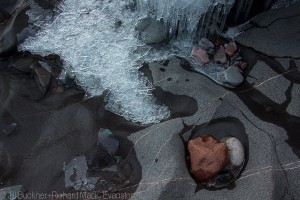
In Canada we spent a night at Sleeping Giant Provincial Park which was more of a smooth transition of the forest to the lake. We made our way to the northern most point of the Lake Superior and near Rainbow Falls Provincial Park. We shot in the evening the ice shapes which built up along the shoreline. The thickness and stacking of the ice had us working with different shapes and the blues of the ice to see if we could capture interesting images of the shapes and landscape. At first we heard the ice creaking but realized we were on solid ground still and it was the sound of the water moving underneath the ice.
We headed back down to Minnesota and were blessed with a great snowfall! We had to stop again at some of the same places we’d shot at before and were able to capture many images during the morning light. As I mentioned at the top, on a trip like this you hope to come back with at least some usable images for the project. I think with two photographers and yes one vision, we came back with more than I had hoped for. Here are links to more images.
Pictured Rocks National Lakeshore: www.mackphoto.com/Buckner+Mack/GreatLakes/PicturedRocks/
Minnesota and Canada: www.mackphoto.com/Buckner+Mack/GreatLakes/Superior/
Remember, you can order prints from either of us just by contacting us. Prints will also be available in the store on Quiet Light Publishing in the near future.
Enjoy,
Richard & Jill

Quiet Light Publishing – A Busy Start to the Year Already!
SPEX Art+Vision Show, GSMNP Book Reprinted, Updated Websites, New Prints & Folio’s, Workshop Dates
It has been a busy year so far in 2013 with the opening of the SPEX Arts+Vision show with Jill Buckner as part of the TWO PHOTOGRAPHERS | ONE VISONproject (www.twophotographers-onevision.com) encompassing our images from Italy and Morocco. When you have roughly 30 images framed for a gallery show it takes a lot of work to edit and print each one before framing and hanging the show. The show will be at the SPEX on Central Street in Evanston through February. If you are in the area you should stop by and check it out. Quiet Light also released several new Folio’s from the work of Steve Azatto, Jill Buckner and Richard Mack. each one has 10-12 small prints and 3-4 signature pages from their work. Each is signed and numbered and are a great choice for those who like collecting photography!
In addition, my book Great Smoky Mountains National Park: Thirty Years of American Landscapes is now being reprinted as we will soon be out of stock if we don’t! Part of this process is deciding if there should be any changes before you roll the presses. In this case we had to update the signature page with the updated info, change a Photoshop error on one of the images, and update the current Quiet Light Publishing book list to the final page in the book. We also added four of the best book awards, out of the dozen the book won, to the back of the dust jacket. The book went on press yesterday.
We also released the Quiet Light Workshop schedule for 2013 and updated some of those trips. More on all of that later. Check our websites for the updates. And speaking of websites both the Quiet Light Publishing ( www.quietlightpublishing.com ) and Richard Mack Photography (www.mackphoto.com) websites have been updated with new images and projects!
So the year starts off with a bang and next month will be the same as I get back to working on my next book Twenty/Ninety-Five part of the Great Lakes Project (www.quietlightpublishing.com/GLP.php) with a trip to Lake Superior to capture images of the ice and snow. This is a shortened trip from the one I was supposed to make the first three weeks of March. Will feel great to get back to this project! Stay tuned for updates!
Peace,
Richard
A New Project – The Great Lakes Project
This year I am really focused on a new project and book on all five Great Lakes, currently titled Twenty/Ninety-Five, The Great Lakes Landscapes. This book will focus on the fact that 20% of the world’s fresh water and 95% of North America’s fresh water are held in these five bodies of water. Think about that. Twenty percent of all the fresh water in the world. Include all the lakes, ponds, streams, rivers and snow and 20% of the water sits in these lakes. And currently there are 42 million people who live along these lakes. Indeed mankind has lived on these lakes for thousands of years yet it is only in the last few centuries that mans impact has been felt in such great ways. I want to look at that impact and how we can insure that our children will have the same benefit of these lakes and natural areas. The book will look at the statistics on the lakes and focus on both the natural and wild areas in the lakes watershed and on some of the cities and industries which lie along the lakes, including how we use the lakes for recreation and commerce. I intend to blog along the way on this project. And since the first trip is upon me next month it is time to start. I hope you’ll join me on this voyage and follow my blog as I examine these great lakes of ours. Like most who live along the lakes for most of their lives I have not been to most of the 10,000 miles of shoreline. I will enjoy opening up my eyes to new places. I hope folks will share their thoughts of their favorite places on the lakes as we go along as well and I invite everyone to leave comments on posts they enjoy or with places they love. This is also an evolving project, one not limited to a book, but to the possibilities of an e-book with video, gallery shows of images and art installations, writings from those working to save the lakes and research the ecology of the lakes. Now a lot of folks who know me know I’ve been working on this off and on for the last few years, but now it is time to really get serious about it and concentrate on this project. So the adventure begins…
The other day a friend asked me, “So what did you do today?” My answer was complete with all the tasks we undertake during a day and also included my work on my next big project of photographing the Great Lakes. As I explained I was preparing for a trip around Lake Superior in late February she was surprised at how much planning I was doing. Yet to make sure you come back with images you can use and not just nice snapshots from your trip you need to plan. And planning takes time and energy.
I look first to the stars. Will the moon be full during my trip? If I want to have a chance at a full moon shot where do I think I want to be when it happens? Do I need to change my dates for the trip to get a better chance for being in the right place at the right time? What is my goal for this particular trip? Then looking at maps, books on the area, online websites you begin to make a determination for where you want to go. In this case it is even more challenging because I have not been to the Canadian side of Lake Superior and do not know what access I might have in the winter. Searching blogs and online sites gives me some idea. Certainly there will be a lot of serendipity involved in a trip of this kind, from the weather and the light, to the ice flows themselves and my access to the lake. All I can do is prepare myself the best way possible and know the maps and my own game plan. Will it change mid trip? Probably, but with proper planning I can know why and where to turn next. And then serendipity can play with me and I will be ready to capture those intimate moments because I had a game plan in the first place.
The trip is scheduled to start the weekend of February 25th. So for now you can see some of the shots I have done in the past on the Great Lakes using this link to a portfolio of images on my website. http://www.mackphoto.com/Creative/l-lakes.html (sorry this is in Flash so those with iPads or iPhones won’t see it until they use another way)
I look forward to hearing all of your thoughts on this project!
Peace,
Richard
